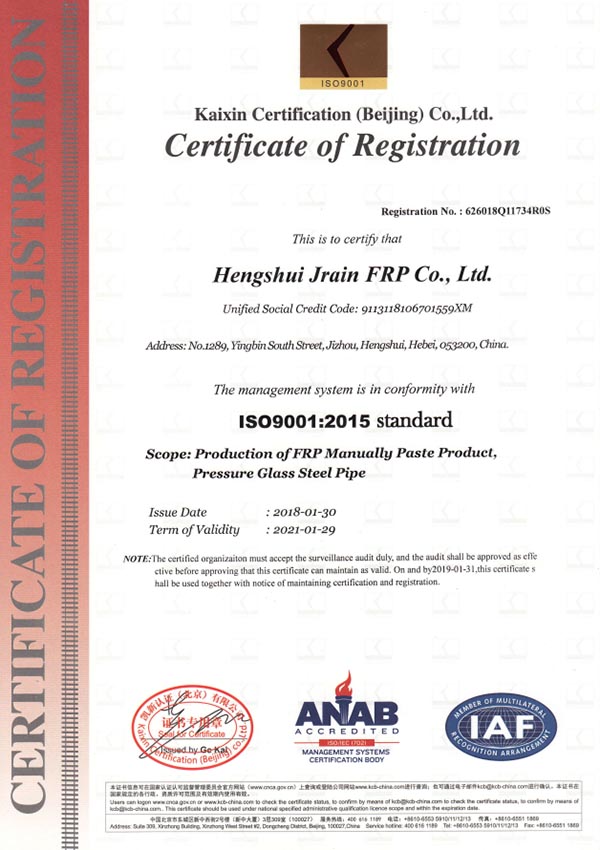
-
 Afrikaans
Afrikaans -
 Albanian
Albanian -
 Amharic
Amharic -
 Arabic
Arabic -
 Armenian
Armenian -
 Azerbaijani
Azerbaijani -
 Basque
Basque -
 Belarusian
Belarusian -
 Bengali
Bengali -
 Bosnian
Bosnian -
 Bulgarian
Bulgarian -
 Catalan
Catalan -
 Cebuano
Cebuano -
 China
China -
 China (Taiwan)
China (Taiwan) -
 Corsican
Corsican -
 Croatian
Croatian -
 Czech
Czech -
 Danish
Danish -
 Dutch
Dutch -
 English
English -
 Esperanto
Esperanto -
 Estonian
Estonian -
 Finnish
Finnish -
 French
French -
 Frisian
Frisian -
 Galician
Galician -
 Georgian
Georgian -
 German
German -
 Greek
Greek -
 Gujarati
Gujarati -
 Haitian Creole
Haitian Creole -
 hausa
hausa -
 hawaiian
hawaiian -
 Hebrew
Hebrew -
 Hindi
Hindi -
 Miao
Miao -
 Hungarian
Hungarian -
 Icelandic
Icelandic -
 igbo
igbo -
 Indonesian
Indonesian -
 irish
irish -
 Italian
Italian -
 Japanese
Japanese -
 Javanese
Javanese -
 Kannada
Kannada -
 kazakh
kazakh -
 Khmer
Khmer -
 Rwandese
Rwandese -
 Korean
Korean -
 Kurdish
Kurdish -
 Kyrgyz
Kyrgyz -
 Lao
Lao -
 Latin
Latin -
 Latvian
Latvian -
 Lithuanian
Lithuanian -
 Luxembourgish
Luxembourgish -
 Macedonian
Macedonian -
 Malgashi
Malgashi -
 Malay
Malay -
 Malayalam
Malayalam -
 Maltese
Maltese -
 Maori
Maori -
 Marathi
Marathi -
 Mongolian
Mongolian -
 Myanmar
Myanmar -
 Nepali
Nepali -
 Norwegian
Norwegian -
 Norwegian
Norwegian -
 Occitan
Occitan -
 Pashto
Pashto -
 Persian
Persian -
 Polish
Polish -
 Portuguese
Portuguese -
 Punjabi
Punjabi -
 Romanian
Romanian -
 Russian
Russian -
 Samoan
Samoan -
 Scottish Gaelic
Scottish Gaelic -
 Serbian
Serbian -
 Sesotho
Sesotho -
 Shona
Shona -
 Sindhi
Sindhi -
 Sinhala
Sinhala -
 Slovak
Slovak -
 Slovenian
Slovenian -
 Somali
Somali -
 Spanish
Spanish -
 Sundanese
Sundanese -
 Swahili
Swahili -
 Swedish
Swedish -
 Tagalog
Tagalog -
 Tajik
Tajik -
 Tamil
Tamil -
 Tatar
Tatar -
 Telugu
Telugu -
 Thai
Thai -
 Turkish
Turkish -
 Turkmen
Turkmen -
 Ukrainian
Ukrainian -
 Urdu
Urdu -
 Uighur
Uighur -
 Uzbek
Uzbek -
 Vietnamese
Vietnamese -
 Welsh
Welsh -
 Bantu
Bantu -
 Yiddish
Yiddish -
 Yoruba
Yoruba -
 Zulu
Zulu
Fiberglass Roof Tanks for Enhanced Durability and Water Storage Solutions
Understanding Roof Tanks Made of Fiberglass Advantages and Applications
In recent years, the demand for efficient and reliable water storage solutions has increased significantly, leading to the growing popularity of roof tanks made from fiberglass. These tanks are particularly favored in both residential and commercial applications due to their unique properties and advantages over traditional materials like metal or concrete. In this article, we delve into the benefits of fiberglass roof tanks and explore their various applications.
What are Fiberglass Roof Tanks?
Fiberglass roof tanks are large storage containers typically installed on the rooftops of buildings to store water or other liquids. Made from a composite material consisting of woven glass fibers and resin, fiberglass tanks are engineered to provide superior strength and durability while remaining lightweight. Their design is optimized to withstand environmental stressors such as extreme temperatures, UV radiation, and corrosion, making them an ideal choice for a variety of applications.
Advantages of Fiberglass Roof Tanks
1. Durability and Longevity One of the standout features of fiberglass tanks is their durability. These tanks are resistant to rust, corrosion, and chemical degradation, which commonly affect metal tanks. In addition, fiberglass does not suffer from the same wear and tear associated with concrete, leading to a longer service life and reduced maintenance costs.
2. Lightweight Construction Fiberglass is significantly lighter than other tank materials like concrete or steel. This lightweight nature makes installation easier and reduces the structural load on rooftops, allowing for wider applicability in building designs without additional reinforcement.
3. Resistant to Temperature Fluctuations The insulating properties of fiberglass help maintain the temperature of the stored liquids, which is essential for applications where temperature stability is critical, such as in food and beverage industries.
4. Customizable Designs Fiberglass roof tanks can be molded into various shapes and sizes, making them highly customizable to fit specific needs. This versatility allows for tailored solutions in different environments, from residential settings to industrial complexes.
roof tank fiberglass

5. Cost-Effectiveness Although fiberglass tanks may have a higher initial purchase price compared to some alternatives, their durability, low maintenance requirements, and long lifespan often translate to more economical operation over time.
6. Environmental Benefits Many modern fiberglass tanks are made using eco-friendly resins and manufacturing processes. Furthermore, their longevity means fewer replacements, contributing to reduced waste in the long term.
Applications of Fiberglass Roof Tanks
Fiberglass roof tanks are utilized in various sectors, including
- Residential Water Storage Homeowners often install fiberglass tanks for rainwater harvesting or to supplement their municipal water supply.
- Industrial Uses Industries that require large volumes of potable water, chemicals, or other liquids can benefit from fiberglass tanks' strength and resistance to corrosion.
- Agricultural Applications These tanks can also store water for irrigation or livestock, providing a clean and reliable water source that benefits farming operations.
- Fire Protection Systems Fiberglass tanks can be part of fire suppression systems, ensuring an adequate supply of water in case of emergencies.
In conclusion, the increasing adoption of fiberglass roof tanks reflects their advantages in durability, cost-effectiveness, and versatility. As various industries explore innovative solutions for water storage, fiberglass offers a promising option that meets modern demands while ensuring reliability and sustainability. Whether for residential use or large industrial applications, fiberglass roof tanks represent a wise investment in the future of liquid storage.









